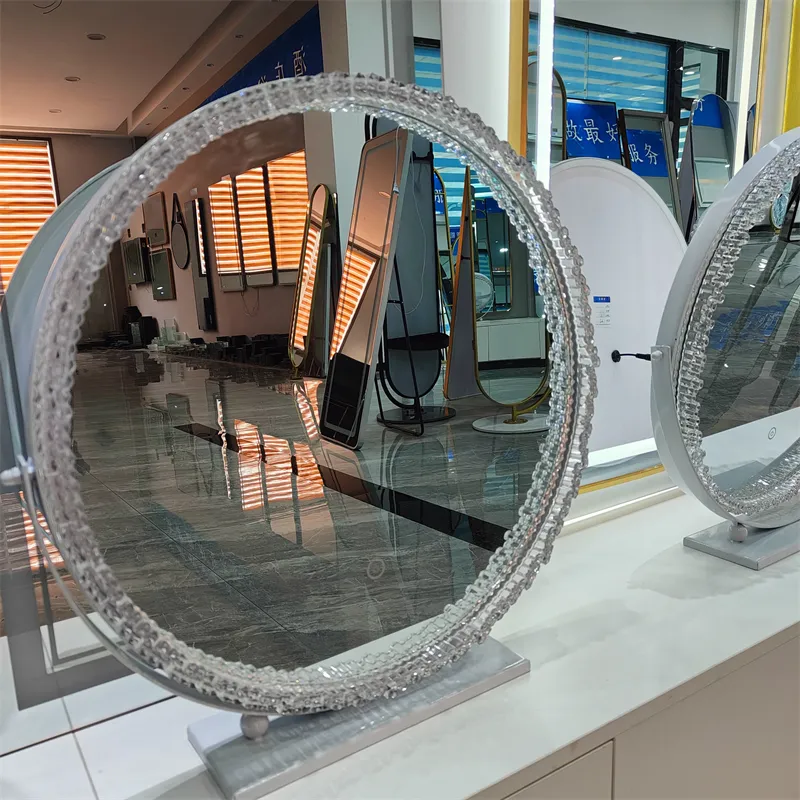Nov . 20, 2024 11:16 Back to list
laminated safety glass
The Importance and Applications of Laminated Safety Glass
Laminated safety glass is a revolutionary material that combines safety, durability, and versatility, making it an essential component in various industries. Comprising two or more layers of glass sandwiched around a plastic interlayer, usually polyvinyl butyral (PVB) or ethylene-vinyl acetate (EVA), laminated glass offers numerous benefits that enhance both functional and aesthetic aspects in construction and design.
One of the most critical features of laminated safety glass is its capacity to ensure safety. In the event of breakage, the interlayer holds the glass fragments together, significantly reducing the risk of injury from sharp shards. This quality makes laminated glass an ideal choice for windows in buildings, skylights, and facades, where safety is paramount. It is also commonly used in the automotive industry, where windshields made of laminated glass protect drivers and passengers from flying debris.
Apart from safety, laminated glass also contributes to sound insulation, making it a popular choice in urban environments where noise pollution is a concern. By using thicker interlayers or multiple layers of glass, laminated safety glass can significantly reduce the transmission of sound, creating a more peaceful indoor atmosphere. This acoustic performance makes it particularly valuable in residential buildings, offices, and schools.
laminated safety glass

Energy efficiency is another compelling reason to opt for laminated safety glass. Manufacturers have developed advanced coatings and solar control technologies that can be applied to the surface of laminated glass. These innovations help block harmful ultraviolet (UV) rays while allowing natural light to penetrate, thereby improving thermal insulation and reducing the reliance on artificial heating and cooling systems. This not only enhances comfort for occupants but also contributes to sustainability by lowering energy consumption and greenhouse gas emissions.
In addition to practical benefits, laminated safety glass also offers aesthetic appeal. Available in a variety of colors, textures, and finishes, it can be customized to suit any architectural style. Designers often choose laminated glass to create stunning visual effects, such as colored or patterned glass. The ability to incorporate graphics or images between the glass layers also allows for creative applications in signage and decorative installations.
Laminated safety glass is widely used in various applications, including commercial buildings, residential homes, transit stations, and even security installations like banks and museums. As safety regulations continue to tighten, the demand for laminated glass is expected to grow, driven by increasing awareness of its protective qualities and functionality.
In conclusion, laminated safety glass stands out as an innovative material that seamlessly integrates safety, energy efficiency, sound insulation, and aesthetic versatility. As technology continues to advance, we can expect laminated glass to play an even more significant role in the construction and design industries, making it a valuable asset in creating safer, more sustainable, and visually appealing environments. Whether for practical safety purposes or to enhance interior design, laminated safety glass remains a top choice for builders and architects alike.
-
Safety and Style with Premium Laminated Glass Solutions
NewsJun.24,2025
-
Reinvents Security with Premium Wired Glass
NewsJun.24,2025
-
Premium Float Glass Line for Modern Architecture
NewsJun.24,2025
-
Low Emissivity Glass for Energy-Efficient Architecture
NewsJun.24,2025
-
High-Performance Insulated Glass Solutions for Modern Architecture
NewsJun.24,2025
-
Elevates Interior Style with Premium Silver Mirror
NewsJun.24,2025
Related PRODUCTS














